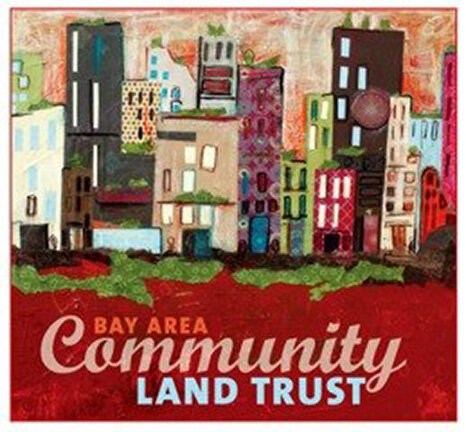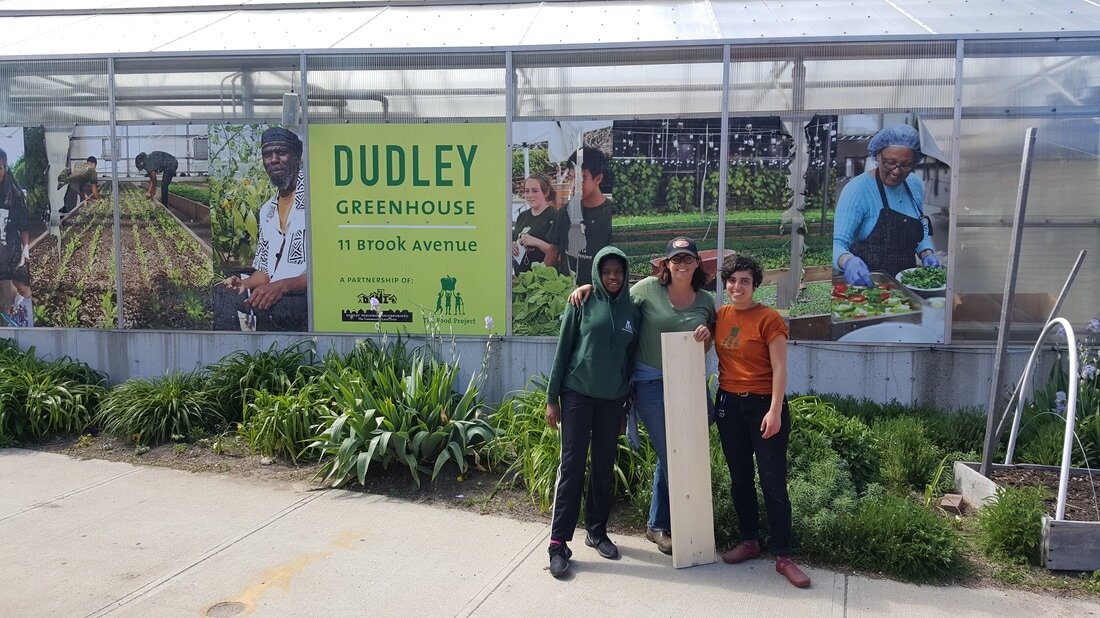Government Initiated Social Housing: Community Land Trust as a Model
Author: Connor Nakamura
In the last couple years, social housing has been gaining wide recognition as an effective solution to the housing crisis. On the local level, San Francisco residents recently passed a measure that promises 10,000 units of social housing. Additionally, Bay Area Assemblymembers Alex Lee and Buffy Wicks introduced the Social Housing Act of 2021, which would create a statewide agency to develop housing for low and middle-income residents. On the national level, Representative Alexandria Ocasio-Cortez introduced a Green New Deal for Public Housing while former presidential candidate Bernie Sanders centered community land trusts as one of his core housing solutions. There are even calls for a nationwide “Social Housing Development Agency,” which would serve as a parent organization to facilitate and fund the development of “tenant cooperatives, community land trusts, nonprofits or public housing.” However, not all social housing is structured the same way, with different models providing varying amounts of democratic control to residents. Previously, government-run public housing projects have struggled with giving a voice to residents, often relying on top-down bureaucratic structures that criminalized residents and disrupted families.
With the change in language from “public” to “social” housing, government officials must ensure that they are providing residents with the capabilities and resources to meet their social needs. And, now that social housing is being taken seriously as a viable solution to the housing crisis, there is a great opportunity for Community Land Trusts (CLTs) to share their experiences while simultaneously benefiting from an increase in institutional support. If government officials center resident governance and cooperative practices while striving for community control, they have an opportunity to radically improve the American housing system.
***
Currently, public housing is the main form of decommodified housing supported by the government. It is run by local Public Housing Authorities (PHAs), with around 3,000 individual bodies in the US. The main vehicle through which residents can influence decision-making in their local body is the Resident Advisory Board which “provides the PHA and the residents with a forum for sharing information about the Agency’s Annual Plan.” The Annual Plan is a document developed by the PHA board of directors and staff that determines the goals and changes for the next 5 years. Currently, there is a requirement for one resident to serve on the housing authority’s board, but there are a few notable exceptions to this rule.
The traditional community land trust functions very differently, giving the residents democratic governance on every level. The board is structured in a tripartite governance system, with ⅓ of the seats consisting of residents. They fully participate in board meetings and contribute technical knowledge and experience to decision-making. CLTs’ equivalents of 5-year plans are determined by the community and accurately reflect the social needs of residents. Just as important, multi-unit housing projects are also organized cooperatively with support from CLT staff members. Residents develop community agreements, determine rent increases, maintain facilities, and more. CLTs ensure that there are democratic and equitable practices in every aspect of housing.
Many of the issues associated with public housing – such as segregation and criminalization of residents – can be eliminated with an increase in funding and allowing a wider range of people to live in these residential buildings. However, key issues will be alleviated by adopting cooperative structures among residents, giving them a direct stake in their social housing, and reducing the need for external support. Many CLTs (including BACLT) have resident education programs that help residents develop crucial skills in self-management. BACLT staff work with residents to develop community agreements regarding sharing resources, maintaining the property, and integrating new members into the cooperative.
Beyond that, cooperative structures will allow social housing to shed the paternalistic hierarchies that plagued public housing’s past. In the infamous Pruitt-Igoe public housing projects, the government established manipulative rules that destabilized families. “The project’s resident-admission policy favored single-parent over two-parent families. Former residents speak, movingly, about fathers leaving families so they might qualify for public housing or of denying to officials that their father was living with them.” (City Journal) Even in the much-lauded Singapore Housing Development Board (HBD), there is an element of paternalism embedded in the significant amount of authority they wield. Economist Sock-Yong Phang praises the Singapore government’s public investment in housing while warning that “The agency can also operate as an arm of the police. [...] the HDB has the power to withhold keys from residents with unpaid parking tickets, and to evict those convicted of more serious offenses.” (Shareable) Through examples of failed and “progressive” public housing, we can glean how resident governance on every level is essential for a truly social housing.
An emphasis on the “social” aspect of social housing through the CLT model will provide an opportunity for community control. One important model for community control is the Dudley Street Neighbors Initiative (DSNI), a CLT and community development organization in Boston. What began as an anti-dumping campaign, became a community-led initiative for the democratic control of the Dudley triangle. Activists successfully campaigned for the Boston Redevelopment Authority to cede private and public lands to DSNI through eminent domain. Through DSNI, the land trust was able to develop 227 permanently-affordable homes, two acres of community farms, a greenhouse, commercial spaces, and more. Even with this ambitious scale, “rather than focusing only on the success and maintenance of CLT properties, DSNI integrates CLT residents into its organizing and planning initiatives to build community power and to improve the quality of life for the whole neighborhood.” Community control of land will allow residents to directly address their needs, and make design choices appropriate to their neighborhood’s context.
Social housing is now clearly the term preferred by government officials to describe subsidized housing. This change in language shows a willingness on the part of public officials to learn from established forms of social housing – like CLTs. First, public officials need to take the tripartite model seriously, and give residents decision-making power on every level to ensure the sustainability of the projects. Next, internal community agreements need to be established, with self-management as the goal. Lastly, government social housing should look towards large CLTs like DSNI, and strive towards full community control. Social housing shouldn’t be a buzzword, nor simply aspirational – it should be a movement that truly serves the social needs of residents.


